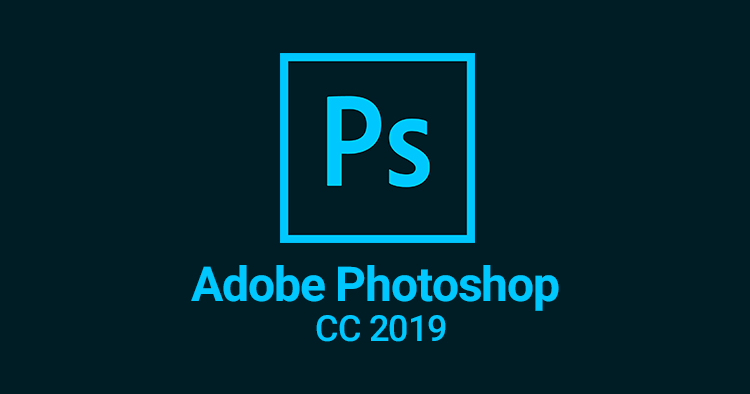

But note that in order to do this they have had to be converted to Smart Objects first, so that each button and its associated text is essentially a single object otherwise, Photoshop will misunderstand the alignment procedure, and will align all the objects incorrectly-as can be seen in the bottom example. Here, the top three buttons have been selected and, in the middle version, aligned to produce equal spacing between them. Now, you’re able to distribute objects of different sizes accurately, by evening out the space between those objects. Photoshop has long had the ability to align and distribute layers, which is of particular benefit to web and interface designers. This is especially useful for tasks such as applying a new sky to an image, where different blend modes can produce a variety of subtle effects: Now, you can preview each mode by rolling over it, without having to apply it first. Photoshop includes a large and sometimes bewildering range of layer Blend Modes, often with such impenetrable names as Linear Light and Hard Mix. You can also convert a text layer into a frame, enabling you to fill that text with texture or images faster than was previously possible. You can now populate that frame by dragging any image into it from your desktop, and it will be automatically scaled to fit. Frame ToolĪ wholly new feature is the ability to convert any shape into a ‘frame’, by right-clicking its name in the Layers Panel choosing Convert to Frame from the contextual menu.
#Adobe photoshop cc 2019 Patch
You can also now choose to output the patch to a new layer, which enables non-destructive editing for the first time. So when removing the hands from this clock, for instance, we can choose a Rotation Adaptation method (there are several degrees available) to allow Photoshop to patch the missing areas more appropriately: The dialog also includes the option to produce mirrored, rotated and scaled fills, all of which were previously impossible. More after the jump! Continue reading below↓įree and Premium members see fewer ads! Sign up and log-in today. This features a live preview, so you can see the changes made to the end result as you paint out unwanted regions: Here, you can paint out the areas you don’t want included in the fill, which allows you to remove that building from the area under consideration. If you instead choose Content-Aware Fill from the Edit menu, you’ll now be presented with a new dialog. This is clearly inappropriate for the scene. Selecting it and using Shift-Backspace to open the Fill dialog uses the old method, which results in parts of the building being used to fill the space: On occasion, this can result in the wrong area of the image being sampled-as in this example, in which I want to remove the Motel sign from this scene. The Content-Aware Fill dialog gives you the ability to patch a selection with texture found nearby in the image. It also includes some interface changes that bring it into line with other applications, and which may consternation at first-until you realize that they represent a more logical way of working. The 2019 release of Photoshop CC brings a raft of new and improved features that will enhance the way you work with images.


 0 kommentar(er)
0 kommentar(er)
